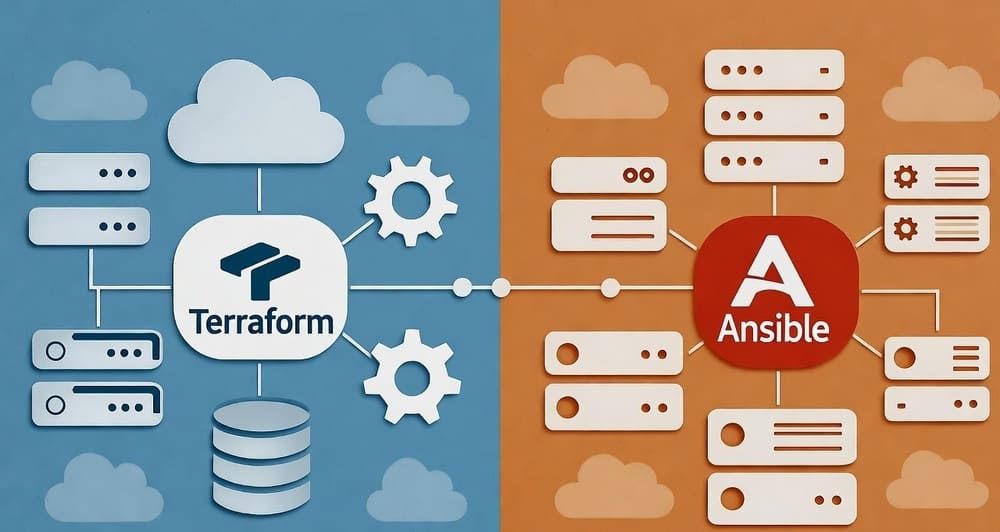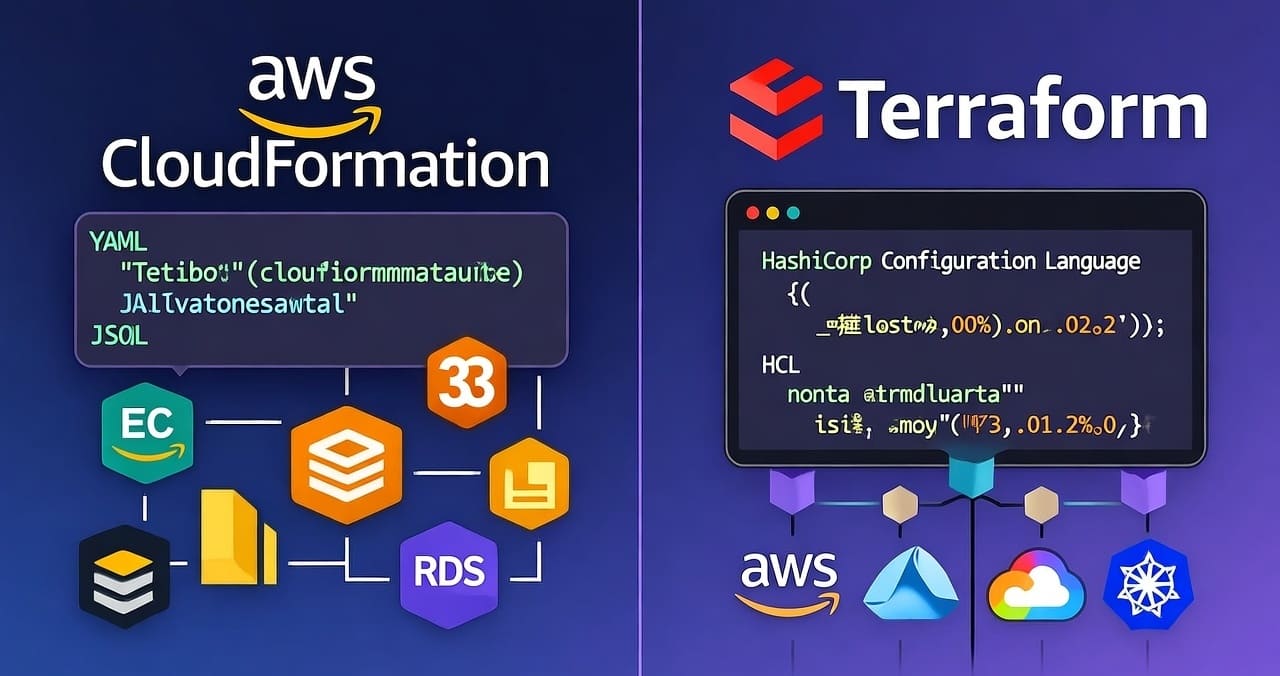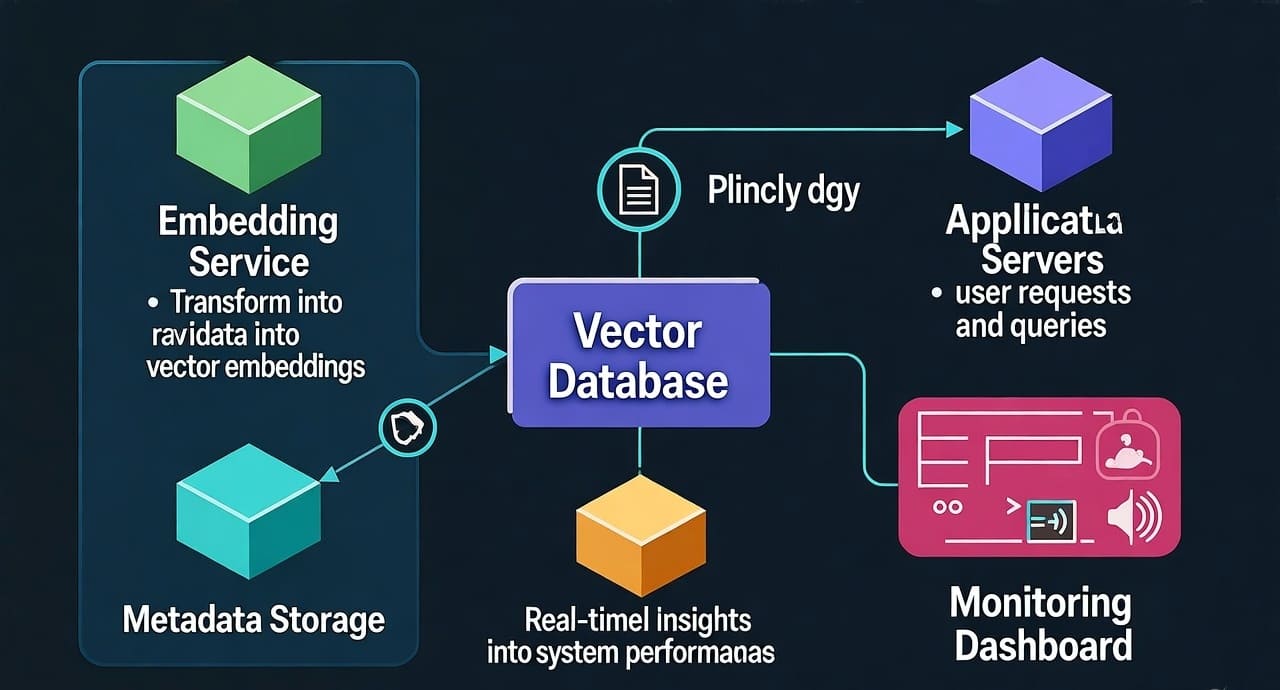Backtracking with Aurora MySQL: Safe Schema Changes and Rollback Strategies
If you’ve ever added a column during a hot release and instantly regretted it (wrong type, unexpected lock, migration script ran twice), Aurora Backtrack is your seatbelt. It lets you rewind an Aurora MySQL cluster to a recent point in time—without spinning up a new cluster—so you can undo a bad DDL or hotfix fast and get back to green. (AWS Documentation)
Why this matters (and when to reach for it)
- Minutes, not hours: Unlike point-in-time restore (PITR), Backtrack rewinds the existing cluster rather than creating a new one. That cuts recovery from “spin up + re-point + warm cache” hours to minutes. (AWS Documentation)
- De-risk DDL and hotfixes: Use it as a safety net around schema changes, bulk updates, or emergency patches.
- Explore change history: You can “scrub” time—rewind, then nudge forward—to find the exact safe point. (AWS Documentation)
Reality check: Backtrack is not a backup strategy. It’s a precision rollback tool with a short window. Keep snapshots and PITR in place. (AWS Documentation)
How Backtrack works (in plain English)
Aurora records change records for your cluster. When you backtrack, Aurora pauses I/O, closes connections, and rewinds to the nearest transaction-consistent timestamp inside your window. You then reopen traffic at that safe point. (AWS Documentation)
Key characteristics:
- Cluster-wide: You backtrack the entire cluster, not a table or database. (AWS Documentation)
- Windowed: You set a target backtrack window, up to 72 hours; the actual window depends on workload and stored change volume. Heavier write loads can shorten it. (AWS Documentation)
- MySQL only: Works with Aurora MySQL (v2 & v3 in supported Regions). Not available for Aurora PostgreSQL. (AWS Documentation)
Scope & limits you must respect
- Enable at creation (or snapshot restore): You can’t flip Backtrack on for an existing cluster; you must enable it when creating the cluster or when restoring from a snapshot. Plan ahead. (AWS Documentation)
- Binlog & replicas: Backtracking a binlog-enabled cluster can error unless forced; forcing breaks downstream replicas and can interfere with blue/green. Treat this as a hard guardrail for prod. (AWS Documentation)
- Global/cross-Region considerations: You can’t create cross-Region read replicas from a backtrack-enabled cluster, and you can’t restore a cross-Region snapshot into Regions that don’t support Backtrack. (AWS Documentation)
- Upgrades: After an in-place upgrade (Aurora MySQL v2 → v3), you can’t backtrack earlier than the upgrade time. (AWS Documentation)
- Clones: A clone can’t backtrack earlier than its creation point; use the source if you need earlier rewind. (Amazon Docs)
- Traffic pause: Backtrack briefly disrupts DB instances—pause application traffic during the operation. (AWS Documentation)
Backtrack vs PITR vs Snapshot vs Clone
| Scenario | Backtrack | PITR | Snapshot Restore | Cluster Clone |
|---|---|---|---|---|
| Roll back fast after a bad DDL/DML | Best (minutes, same cluster) | Works (new cluster) | Works (new cluster) | Not for rollbacks |
| Keep prod endpoints & cache | Yes | No | No | No |
| Long lookback window | No (≤72h typical) | Yes (backup retention) | Yes | N/A |
| No impact to replicas/binlog | Caution (can break) | Yes (new cluster) | Yes (new cluster) | N/A |
| Cost during normal ops | Change-record storage | Backup storage | Snapshot storage | Extra cluster storage |
| Availability | Aurora MySQL only | All Aurora engines | All | All |
Sources: AWS docs on Backtrack and PITR; Backtrack limitations. (AWS Documentation)
A pragmatic rollout pattern for safe DDL
1) Pre-flight checklist
- Backtrack enabled on the target prod cluster with a 24–48h target window sized for your write volume. Verify actual window in the console. (AWS Documentation)
- Binlog/replicas: If you rely on external binlog replicas or blue/green, don’t plan to force backtrack. Have a PITR or clone fallback instead. (AWS Documentation)
- Traffic control: Ensure you can quiesce write traffic for a few minutes (maintenance flag, ALB maintenance page, feature flag).
2) Take a safety snapshot (belt & suspenders)
Even with Backtrack, take a manual snapshot before risky DDL. This gives you a longer escape hatch (PITR/snapshot restore). (AWS Documentation)
3) Run the DDL with guardrails
-- Keep DDL atomic and reversible where possible
ALTER TABLE orders
ADD COLUMN fulfillment_status TINYINT NOT NULL DEFAULT 0,
ALGORITHM=INPLACE, LOCK=NONE; -- if supported by your engine version
- Prefer in-place algorithms; schedule off-peak; test on a prod-sized clone first. (Clones are copy-on-write and cheap to validate.) (Amazon Docs)
4) Quick health checks
- Error rate, p95 latency, replica lag, and app logs.
- If KPIs spike, prepare to rewind.
5) Rewind precisely with Backtrack
# Example: rewind to 14:05:00Z (nearest consistent time will be chosen)
aws rds backtrack-db-cluster \
--db-cluster-identifier prod-aurora-mysql \
--backtrack-to 2025-11-21T14:05:00Z
- Aurora pauses, drops uncommitted I/O, rewinds, and resumes. Reopen traffic when healthy. (AWS Documentation)
6) If Backtrack is blocked (binlog/replica constraints)
- Use PITR to a new cluster, run smoke tests, then switch connections. It’s slower but replica-safe. (AWS Documentation)
Real example: de-risking a hotfix gone wrong
Situation: Emergency hotfix added a NOT NULL column without a default. Writes started failing.
Response:
- Pause writes via feature flag.
- Backtrack the cluster to 2 minutes pre-deploy.
- Reopen traffic; apply a corrected DDL (column nullable + backfill + set NOT NULL later).
- Post-mortem: add pre-deploy DML guardrails and clone-based rehearsals.
This is where Backtrack shines: small operational blast radius, fast time-to-recovery. (AWS Documentation)
Best practices
- Size your window realistically: High-write systems may need higher spend to preserve enough change records; the actual window can be smaller than the target. Alert on window shrink events. (AWS Documentation)
- Pre-deploy snapshots: Don’t rely solely on Backtrack—keep your layered safety net. (AWS Documentation)
- Replica/CDC awareness: If you’re streaming via binlog/CDC, treat Backtrack as a last resort; it can break replicas if forced. Prefer PITR in replica-heavy topologies. (AWS Documentation)
- Quiesce traffic: Always pause writes before backtracking to avoid dropped work. (AWS Documentation)
- Test on clones: Rehearse DDLs on a cluster clone to validate lock/latency profile at prod scale. (Amazon Docs)
- Know engine/Region support: Aurora MySQL only; check Region/version tables before rollout. (AWS Documentation)
Common pitfalls (and how to avoid them)
- “We’ll just turn it on later.” You can’t. Enable Backtrack at cluster creation or snapshot restore. Plan it into your provisioning. (AWS Documentation)
- Forgetting app behavior: Backtrack will drop open connections and uncommitted work. Your app must tolerate connection resets. (AWS Documentation)
- Replica surprise: Forcing Backtrack on a binlog source breaks downstream readers; don’t discover this in prod. (AWS Documentation)
- Assuming infinite history: You get ≤72h and potentially less under heavy writes. Monitor it. (AWS Documentation)
Quick setup notes
- Enable: In the RDS console when creating/modifying a cluster (or via API), check Enable Backtrack and set a Target Backtrack window (e.g., 24h). (AWS Documentation)
- Operate: Use
BacktrackDBCluster(AWS CLI/SDK) to perform the rewind; usedescribe-db-cluster-backtracksto audit. (AWS Documentation) - Monitor: Subscribe to backtrack events to get alerted when actual window < target. (AWS Documentation)
Conclusion & takeaways
- Use Backtrack to de-risk DDL and hotfixes where speed matters and replicas aren’t a hard constraint.
- Keep PITR and snapshots for disasters, long lookback, and replica-friendly recovery.
- Bake Backtrack enablement into cluster creation, quiesce writes before rewinds, and monitor your actual window.
- For replica/CDCs or blue/green topologies, default to PITR to avoid breaking downstream systems. (AWS Documentation)
Internal link ideas (for your site)
- “Designing Safe MySQL DDL Migrations on AWS”
- “Aurora MySQL Blue/Green Deployments: Cutover Patterns and Gotchas”
- “Disaster Recovery on AWS: Snapshots vs PITR vs Global Database”
- “Testing Schema Changes with Aurora Clones: A Practical Guide”
Image prompt
“A clean, modern data architecture diagram showing an Aurora MySQL cluster with writer/reader nodes and a Backtrack rewind timeline (72h window). Include callouts for pause I/O, transaction-consistent point, and replica/binlog caution. Minimalist, high contrast, 3D isometric style.”
Tags
#AuroraMySQL #Backtrack #DatabaseRollback #DDL #DataEngineering #AWSRDS #PITR #MySQL #DevOps #Reliability








Leave a Reply